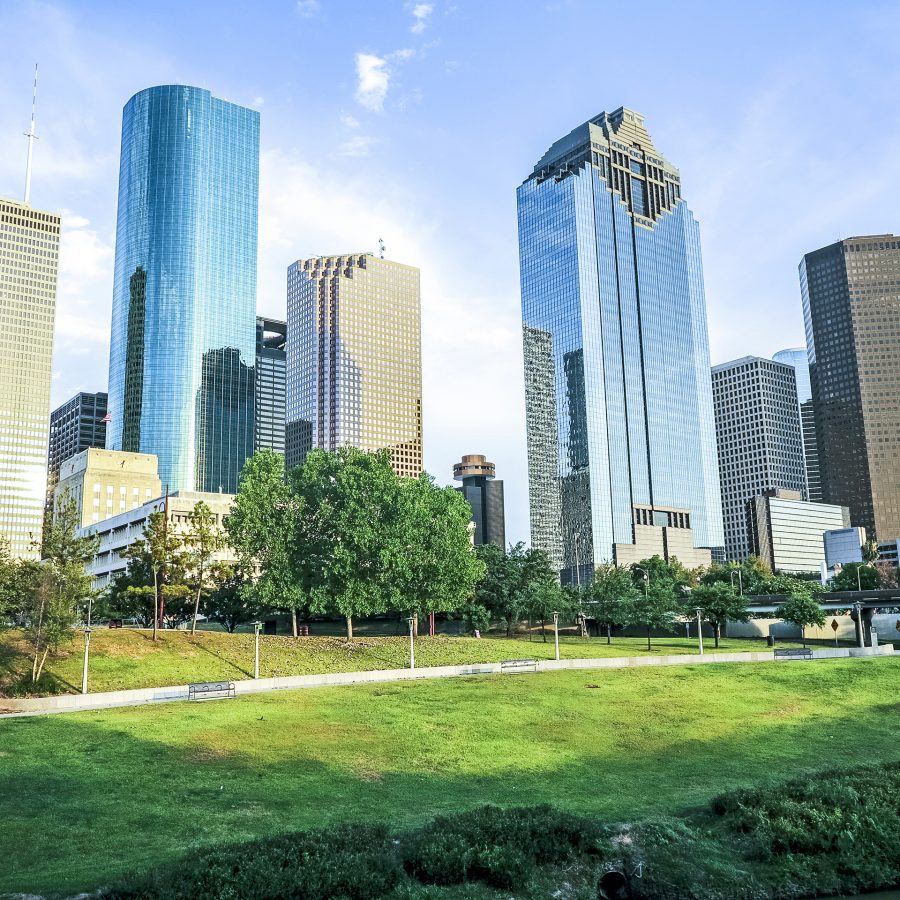
Environmental regulations — from stormwater permit requirements to responsibilities for hazardous waste — have long been an important consideration for real estate developers.
Now, consumer interest in environmental protection is placing an even higher standard on the industry. In a 2019 survey by the National Association of Home Builders (NAHB), 83% of respondents said they were concerned about the impact of building a home on the environment (though only 16% said they would pay more for an environmentally friendly home).
And a 2020 study by Dodge Data & Analytics and the NAHB reported that about one-third of single-family home builders said the majority of their projects are “green builds,” meaning they incorporate construction, development techniques, materials, and designs meant to minimize a home’s impact on the environment.
We’re seeing a similar trend in the commercial real estate sector: More businesses than ever are looking to construct, lease, and invest in green buildings. A global survey of building owners by the U.S. Green Building Council, for example, showed that 57% of them planned to make most of their construction projects green by 2021.
And in July 2020, Research & Markets reported that the green building materials market worldwide is projected to grow by $187 billion by 2027.
What does this growing interest in going green mean for real estate developers? As always, you’ll need to remain on top of such environmental regulations as the Clean Water Act and the Resource Conservation and Recovery Act and how they pertain to your current and future projects. But ideally, it would be wise to look for cost-effective ways to go beyond the regulations’ bare requirements.
Protecting Water Systems
Consider, for example, the many ways real estate developments can impact water. The state and federal governments require developers to take steps to ensure their construction activity doesn’t have a negative impact on streams and watersheds. Developers must have a Storm Water Pollution Prevention plan, and they must take care to supply safe water to future residents.
Green communities might take their water management to the next level by their approach to stormwater. This could include minimizing impervious surfaces like concrete and asphalt, so stormwater is more likely to permeate the ground and filter into the water table. Working in natural drainage and stormwater treatment features such as rain gardens and bioswales (channels with vegetation and organic matter) can help prevent stormwater runoff, too.
Protecting Natural Resources
Along the same lines, if you’re considering developing on property that contains or is near wetlands, an area that is permanently or seasonally saturated with water, you’ll need a permit from the U.S. Corps of Engineers (Corps). While the EPA and Corps adjusted their definition of wetlands in 2020, developers still need to take the time to see how federal and state regulations relate to the property they’re interested in.
A green community might go further by incorporating wetlands and other natural areas into a community’s design and establishing standards for their use . That measure protects the natural resources, and their ecosystems, while giving residents an opportunity to enjoy them.
Watching Your Waste
Residential developments also must comply with the Resource Conservation and Recovery Act (RCRA), which regulates hazardous and non-hazardous waste. As a real estate developer, you’ll need to make sure that the concentrations of building material waste generated during your community’s construction — from wood to drywall to asphalt shingles — comply with RCRA requirements.
The EPA, which estimated that 569 million tons of construction and demolition (C&D) materials like these were generated in 2017, encourages developers and builders to try to recycle and reuse existing materials, and to buy used and recycled materials and products.
Additional waste-saving steps could include choosing high-performance engineered wood, wood alternatives and/or sustainably harvested lumber for your developments.
For additional insights, call EDGE. We can provide guidance on the many regulations that can impact your real estate development.

